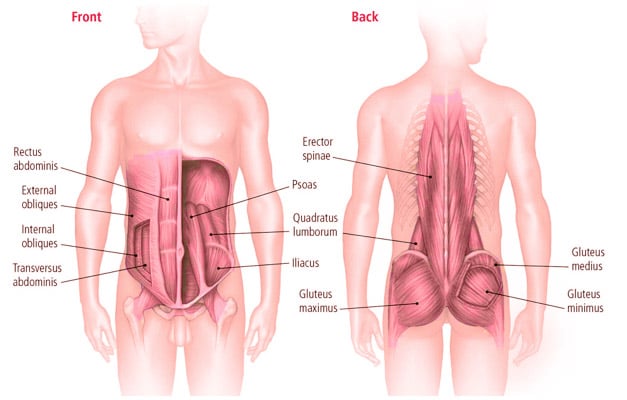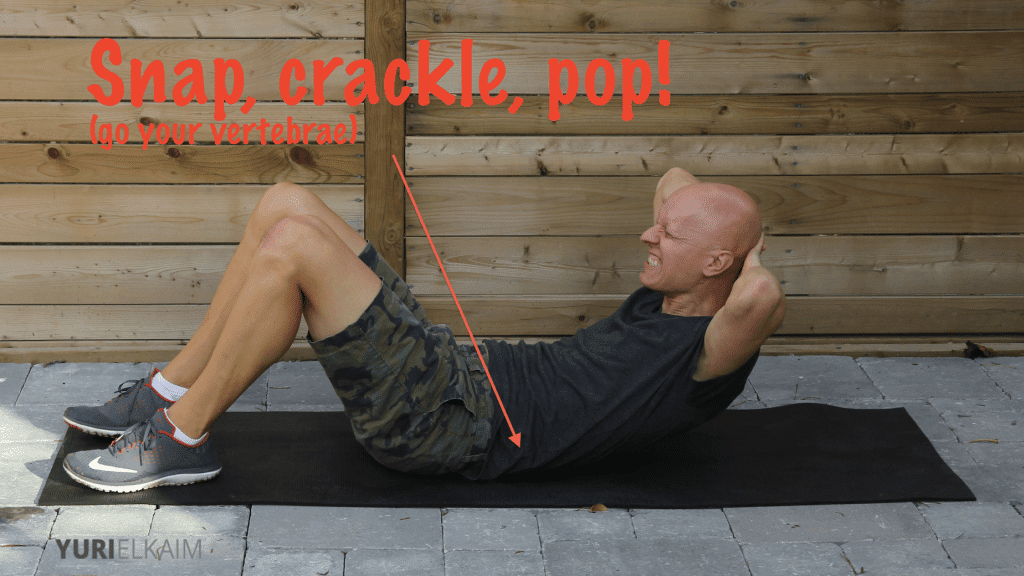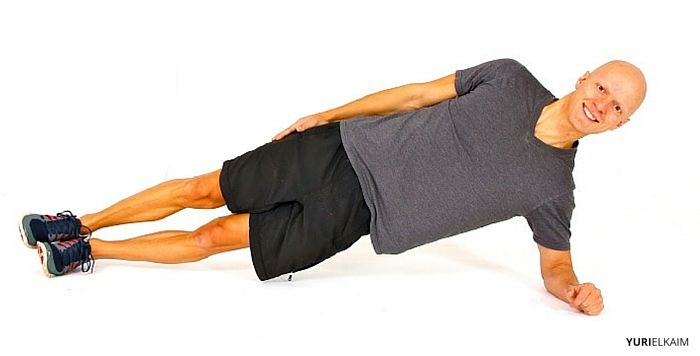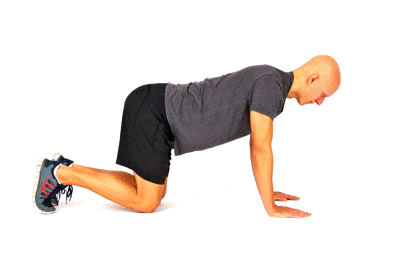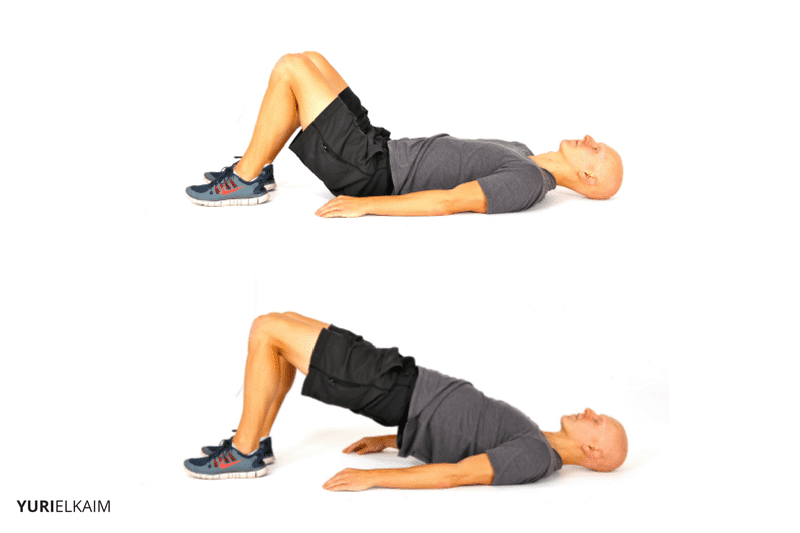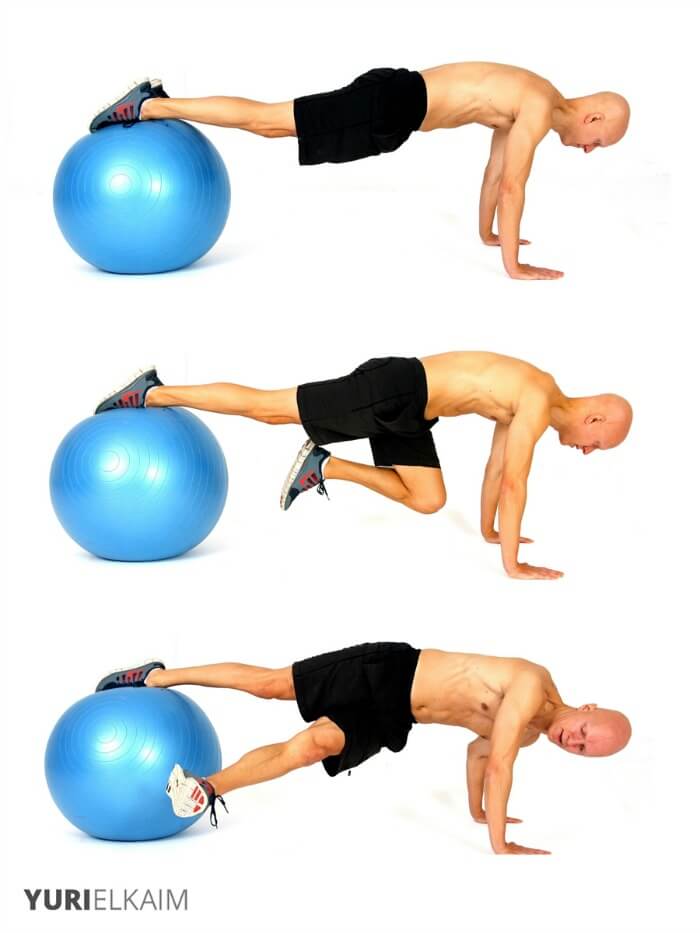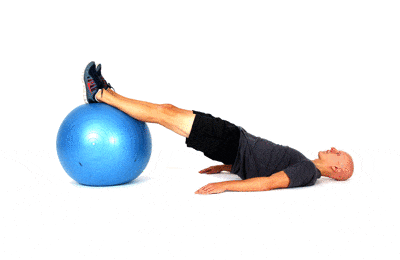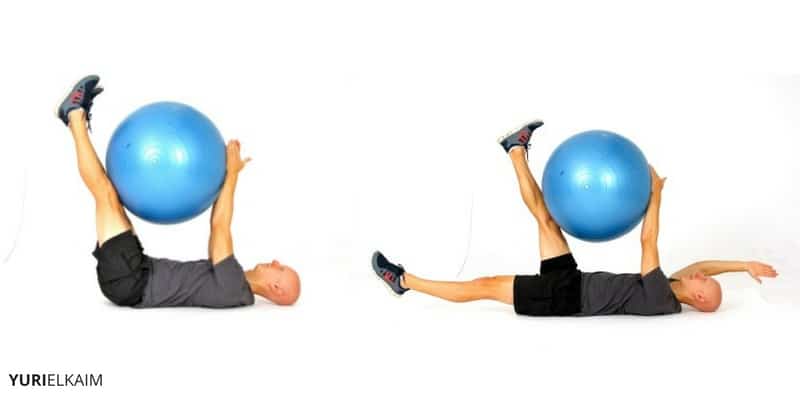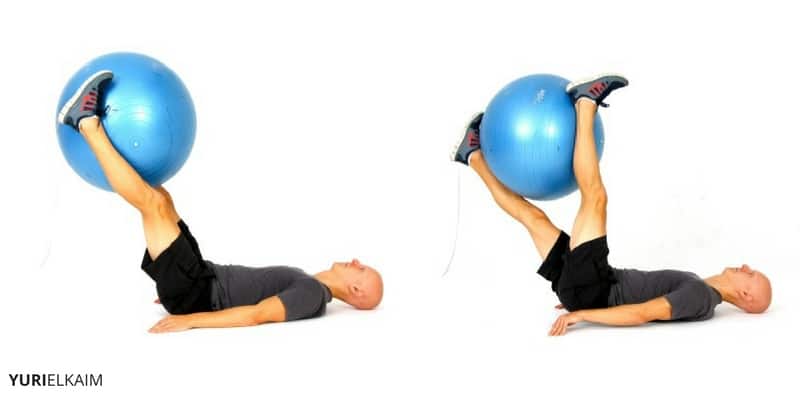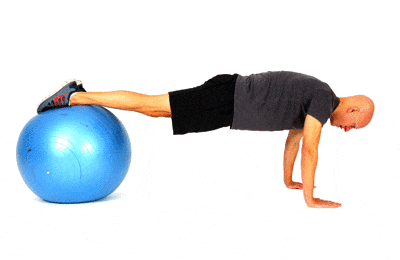If you suffer from low back pain, you’re in good company.
Two-thirds of America is right there with you – and a third of them say low back pain has affected their ability to engage in tasks of daily living, exercise, and sleep (1).
Not only that, but 72 percent of people with back pain say they use pain medication to relieve their symptoms.
But are medications the only way to alleviate low back pain?
And what about prevention? We can’t all be doomed to low back pain occurring at some point in our lives, right?
Right.
There is a way to relieve and prevent low back pain – using exercises. Specifically, core stabilization exercises for low back pain.
The Abs, Core, and More
When you think of the core, you might be wondering how your abs help with back pain. Stay with me.
The great aspect of core stabilization exercises is that they engage the entire trunk of the body –not just isolated areas like the “six-pack.”
The core includes much more than the visible muscles we refer to when we talk about our abs.
The Muscles Making Up Your Core
In fact, the glutes, inner abdominal wall muscles, pelvic floor, and hips all make up this comprehensive region, which allows us to perform nearly every movement we make.
But due to too much sitting and the lack of proper core exercises, the intrinsic muscles of the core become weak.
When this happens these internal muscles – the transverse abdominis and multifidus (or core stabilizer muscles for short) – have a hard time performing their main duty: stabilizing the spine.
Over time, this can lead to low back pain as your spine begins to compensate for your stabilizer muscles in holding you upright. Not to mention, weak stabilizer muscles can also create bad posture, or the “stooped” effect, as well as put you at risk for dangerous spinal and disk injuries (2).
Crunches: NOT So Stabilizing
One thing I want to address before launching into the best core stabilization exercises is why performing crunches won’t help your stabilization muscles.
When most people think of ab exercises, they automatically think of crunches. That’s because we’ve been conditioned to think that way by mainstream fitness videos and instructors who constantly preach that crunches are the best way to get a strong core.
They are wrong.
Crunches Are One of the Worst Exercises You Can Do
The problem with crunches (and many other abdominal exercises) is that not only do they poorly engage your core (compared to other exercises like planks), they also put massive stress on your spinal discs by compressing and stretching them in an unnatural way (3).
Remember, the role of the core is to stabilize the spine, not compress and move the discs (which, by the way, is more likely to make low back pain worse, rather than relieve it).
What About Ab Machines?
Many abdominal machines use the same type of movement as the crunch, except they usually involve added weight.
As you might guess, ab machines can be even more dangerous than regular crunches thanks to the added weight, as the spinal disks are put under even more stress.
In addition, exercises like hanging knee raises that don’t involve weight actually put extreme stress on the hip flexors (the muscles the connect the tops of our hips to our abdominals).
This can actually put you at a greater risk for low back pain, as tight hip flexors further pull your body forward and loosen the stabilizer muscles in the lower back.
Core Stabilization Exercises For Low Back Pain
Check out the exercises below, which are some of the best core strengthening exercises for lower back pain.
1. Plank
- Begin on the floor, with your weight on your elbows directly under your shoulders.
- Extend your legs behind you, pressing into your heels.
- Keep your core tight, pulling in your abs, while making sure your body stays in a straight line from head to heel.
- If this is too difficult, you can hold the same position, but drop your knees to the floor.
- Hold for 30 seconds, gradually building up to a minute as your core strengthens.
2. Side Plank
- Begin on your side with your weight on your right elbow directly under your right shoulder.
- With your knees slightly bent, lift your hips off the ground.
- Hold for 30 seconds on each side, remembering to engage your gluteus and keep your hips lifted throughout the exercise.
3. Bird Dog
- Begin on your hands and knees, with your spine in a straight line from head to toe and core engaged.
- Now, lift your left arm and right leg off the ground simultaneously, extending your right leg behind you and left arm in front of you.
- Hold for five seconds, return to your starting position and repeat for 10 to 15 reps, alternating sides.
4. Bridge
- Begin lying on your back with your knees bent and feet flat on the floor.
- Engaging your glutes and core, lift your hips toward the ceiling. There should be a straight line from your knees to your shoulders at the top of the movement.
- Hold for three seconds at the top, then lower. Repeat for 10 to 15 reps.
5. Stability Ball Grasshopper
The stability ball grasshopper is an intense stability exercise, building strength in the arms and abdominals, as well as improving balance.
- Begin in a plank position with your hands beneath your shoulders and body in a straight line.
- With both feet propped on top of the ball, tuck in your right knee toward your chest.
- Rotating slightly, extend your right foot across the opposite side of your body.
- Avoid rocking back and forth by engaging your core as you return your foot to the top of the ball.
- Switch legs and repeat for 10 to 15 reps.
6. Stability Ball Hamstring Roll-Ins
Hamstring roll-ins are excellent for engaging the stabilizer muscles of the entire lower back, while also engaging the hamstrings.
- Begin on your back with your heels pressed into the top of your ball.
- Keeping your hips elevated throughout the exercise, roll the ball toward your glutes, then slowly extend it back out.
- Repeat for 10 to 15 reps.
7. Straight Leg Ball Dead Bug
This exercise is amazing for engaging the obliques and lower core stability muscles, as your abdominals have to work overtime to keep you from falling to one side.
- Lie on your back with the ball resting between your knees/upper shins and your hands.
- Being sure to press your legs and hands into the ball at all times, lower your right arm behind your head while simultaneously lowering your left leg to just above the ground.
- Return to your starting position and repeat on the other side, alternating for 10 to 15 reps.
8. Supine Straight Leg Ball Twists
This exercises challenges the entire core region, as you work to maintain your balance while twisting the ball.
- Begin on your back on the floor, with your arms either out to your sides or under your hips for additional support.
- With your legs perpendicular to the ground and on either side of the ball, twist your legs so that your right leg is in front of the ball.
- Pause, then twist again so that your left leg is now in front of the ball, facing you.
- Repeat for 10 to 15 reps.
9. Ball Pike
The ball pike is one of the best dynamic lumbar stabilization exercises, as it moves through the full range of core movement while also engaging the stabilizers to keep your balance on the ball.
- Begin in a pushup position with the tops of your lower shins on your stability ball.
- Now roll in the ball toward your chest while lifting, or “piking,” your hips to the ceiling and engaging your core.
- Slowly lower to your starting position and repeat for 10 to 15 reps.
Do These Exercises Weekly
These lumbar spine stabilization exercises are some of the most effective you can perform to strengthen your core stability muscles and reduce and/or prevent low back pain.
Try to add a group of these into your workout routine 2 to 3 times a week to start.
As a bonus for doing this, you’ll notice what is referred to as the “corset effect,” as your core muscles begin to tighten and zip up your core.
Get a Stronger Core
Want harder and tighter abs?
Get my FREE Abs Secrets download, which outlines 7 smarter ways to flat abs.
Click the banner below right now to get the secret blueprint – and get started on harder abs!


